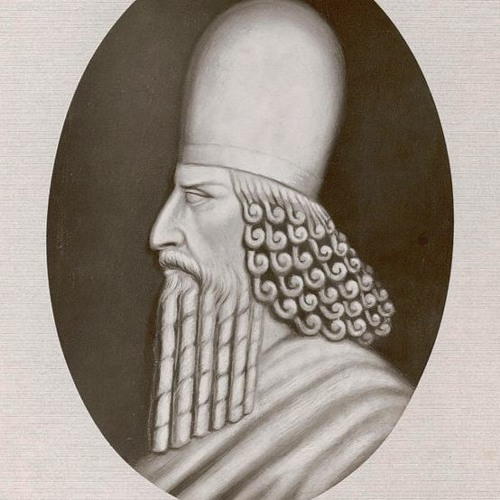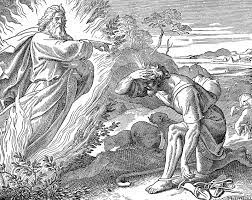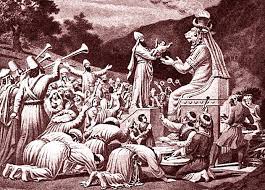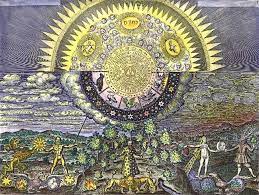

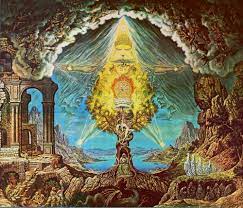
In the latest entry in the highly acclaimed mini series , Jack “The Agnostic” Garcia examines the mysterious , bizarre and outlandish religious movement – Gnosticism , which flourished along side and within Judaism and Christianity during the first to fourth centuries AD. The Gnostics sought knowledge and wisdom fro many sources and accepted insight wherever it could be found – so they absorbed diverse religious and philosophical texts. From scared Jewish literature and Christian documents, to Greco /Roman Paganism and the religions of ancient Egypt , Mesopotamia and India. Dualistic in their viewpoint (light vs. darkness) The Gnostics regarded the human body as a type of prison and the soul trapped within -longed to escape it and the evil material world and thus return to the transcendent and divine. While there was a wide variety of Gnostic sects, the ethics of these gnostic systems was the basic alienation from the world which was expressed in two extreme forms – sexual promiscuity and sex magic and a more pessimistic and repressive view, asceticism. Because of their opposition to authoritarian discipline , their liberal attitudes toward sexuality and the importance of the divine female principle (Sophia) to the enlightenment and salvation of humanity, the gnostic sects were persecuted by the Orthodox Christian church. Jack digs deeply into the surviving treasure trove of Gnostic texts , sacred stories, creation myths and spiritual narratives that were profound in the context of a religious cult in the hope of providing salvation for those that believed. Amazing literature overflowing with psychedelic imagery and parallels to the Old and New Testaments.





